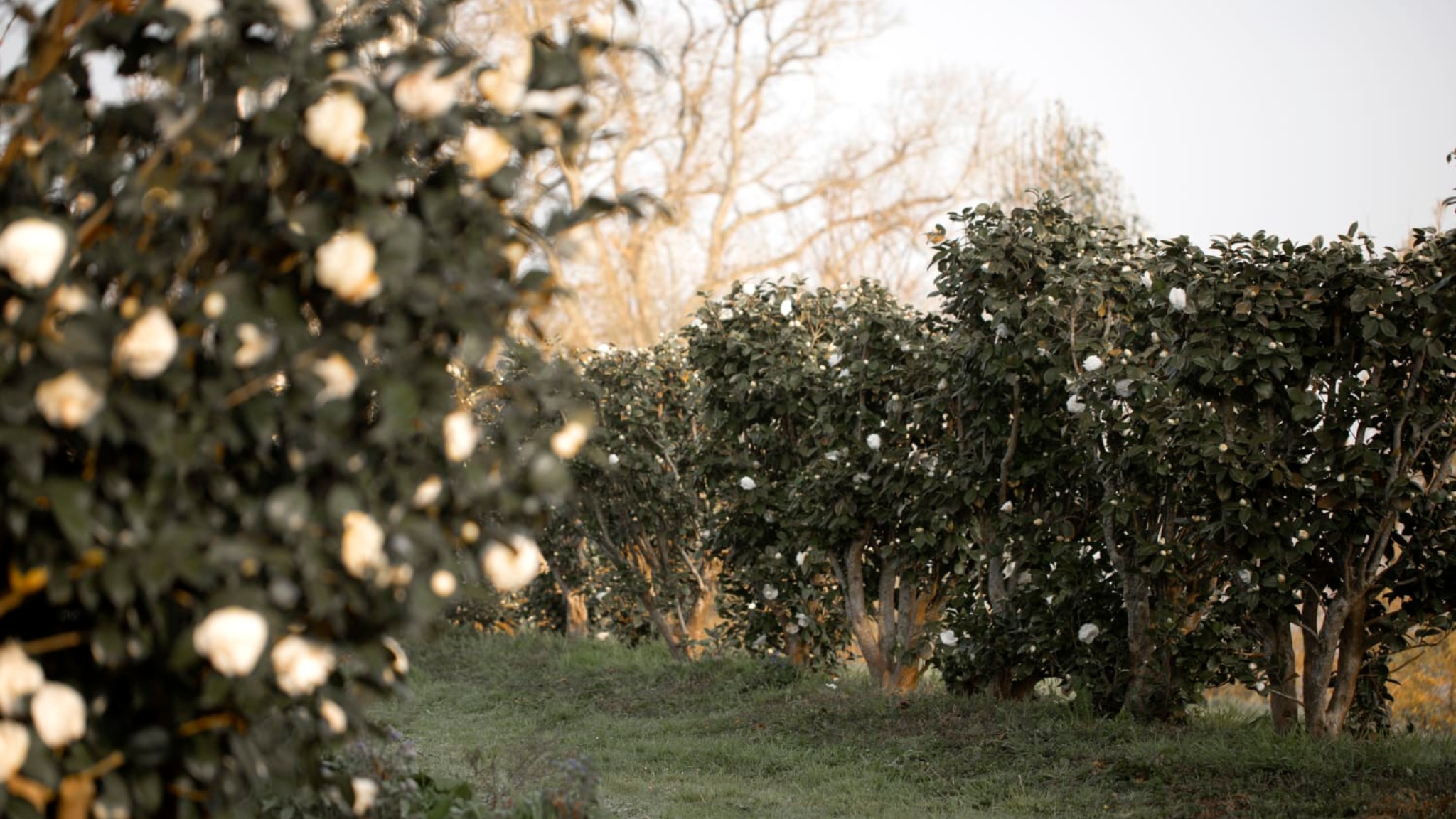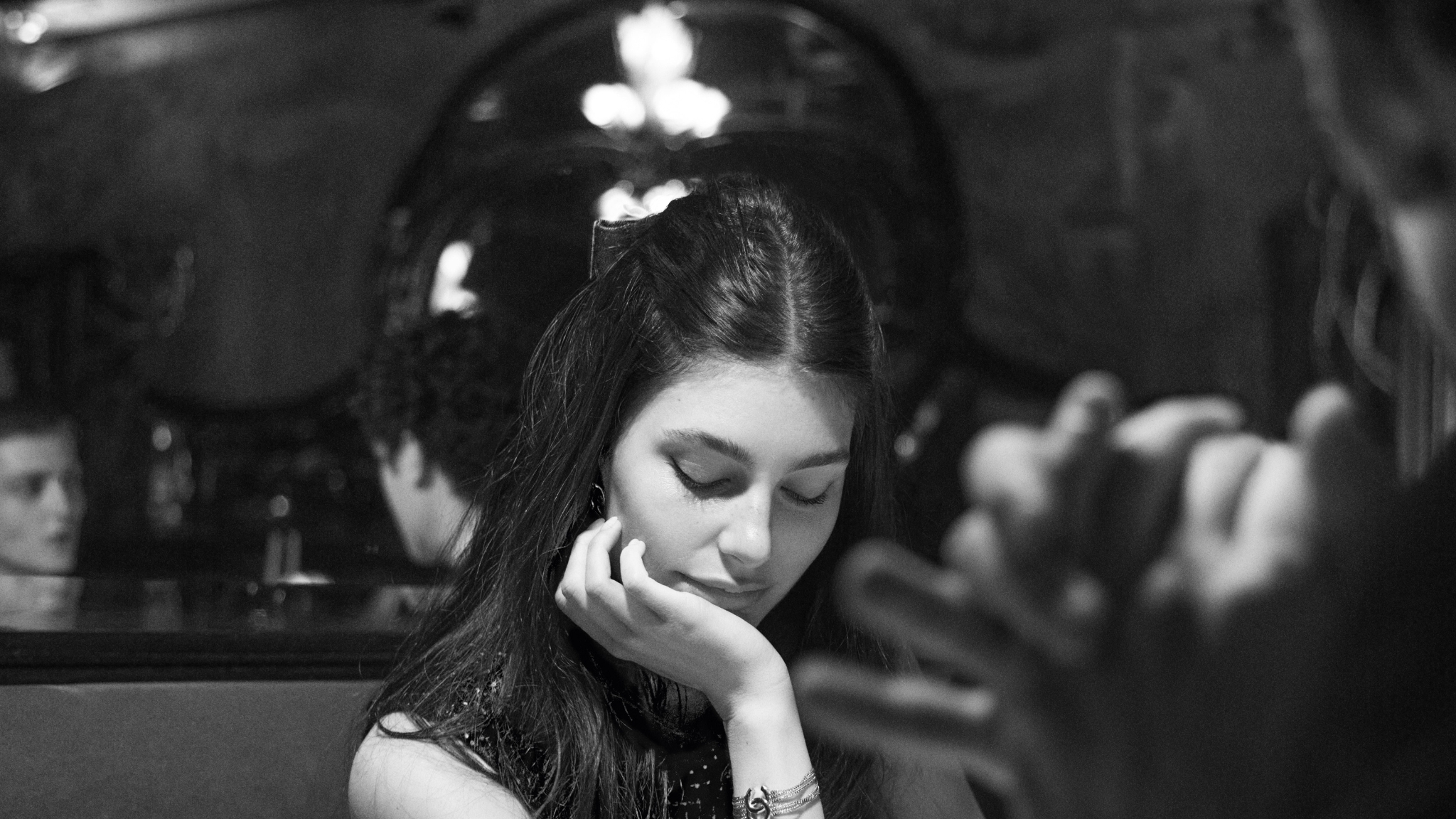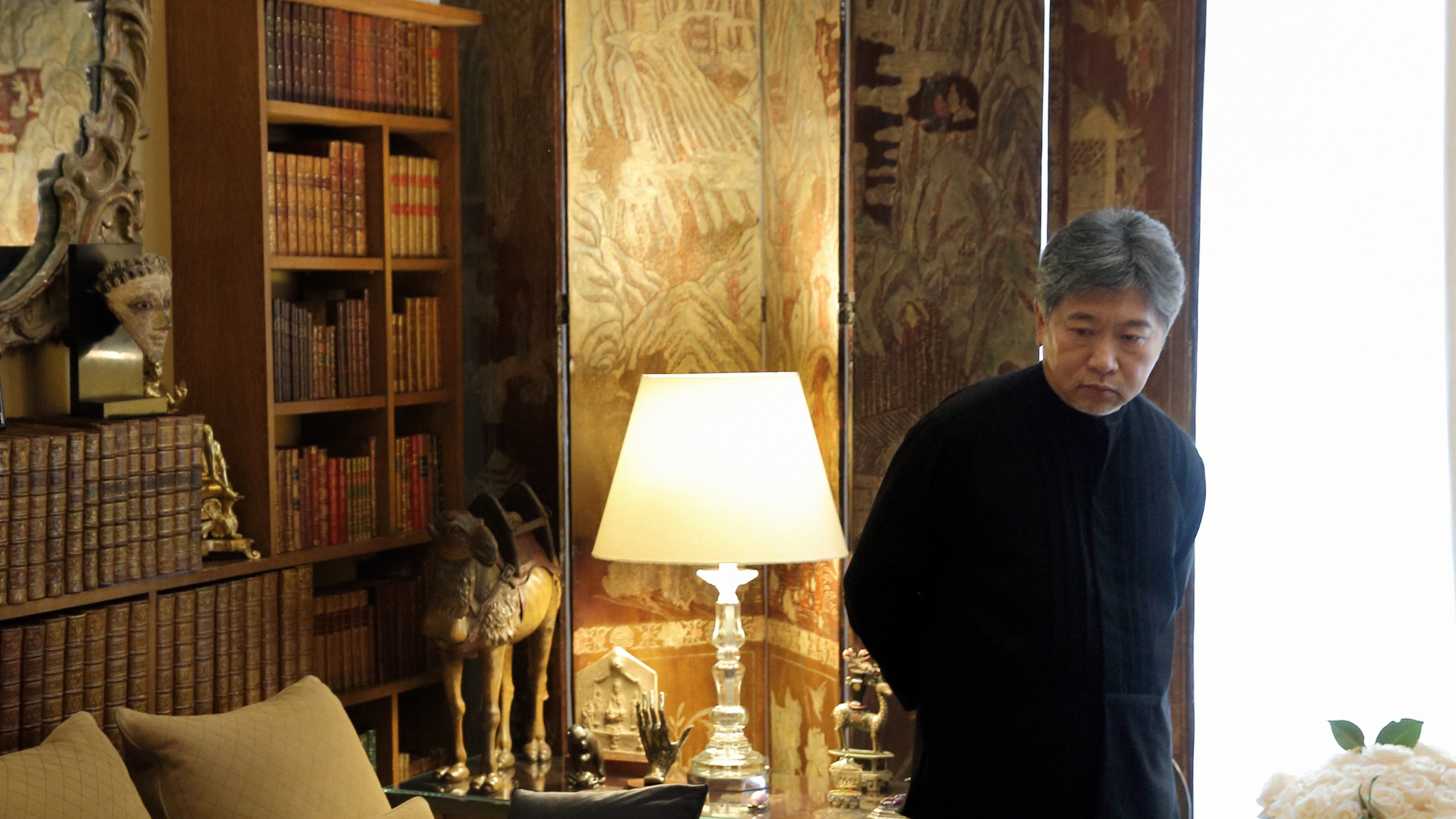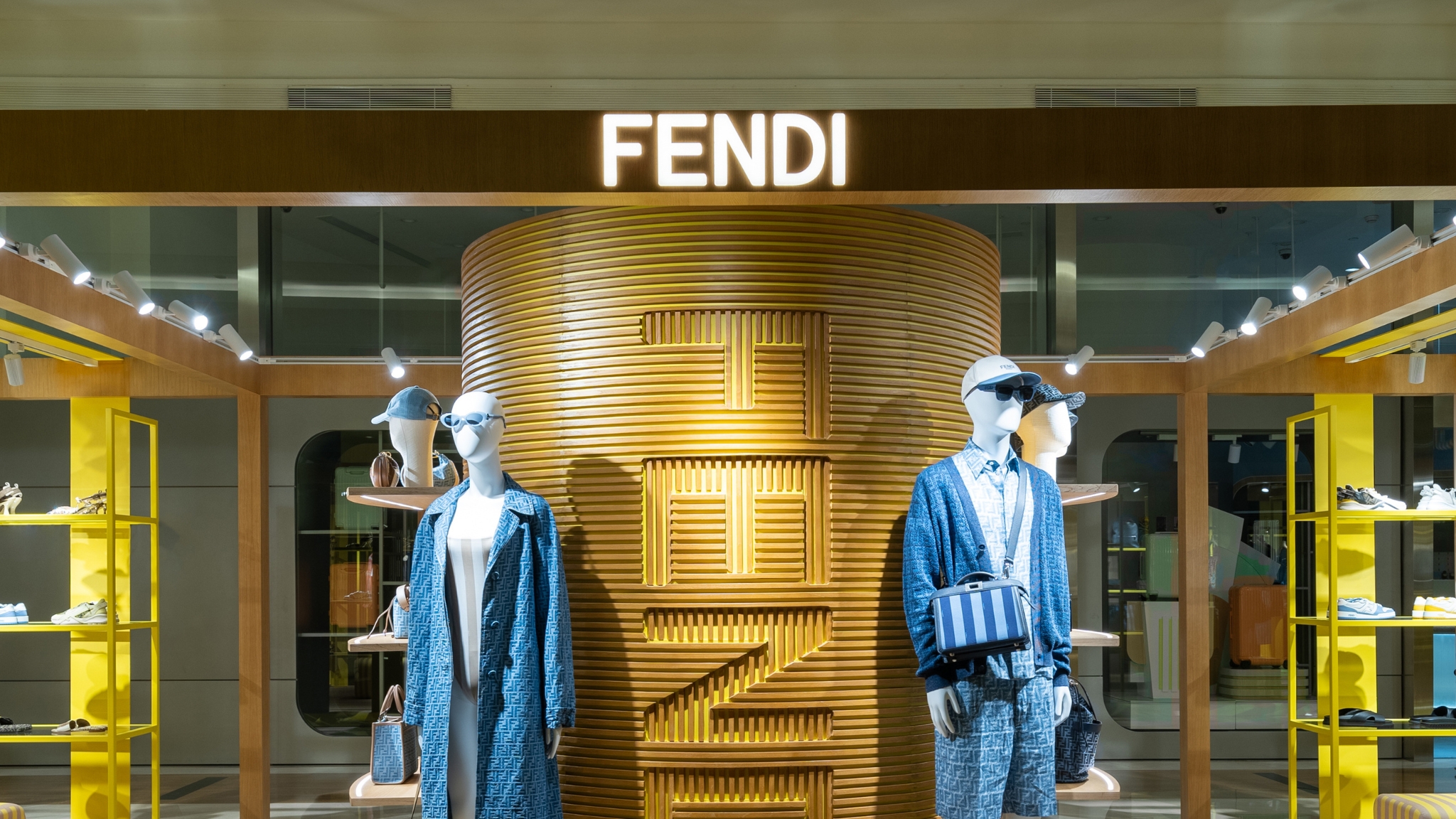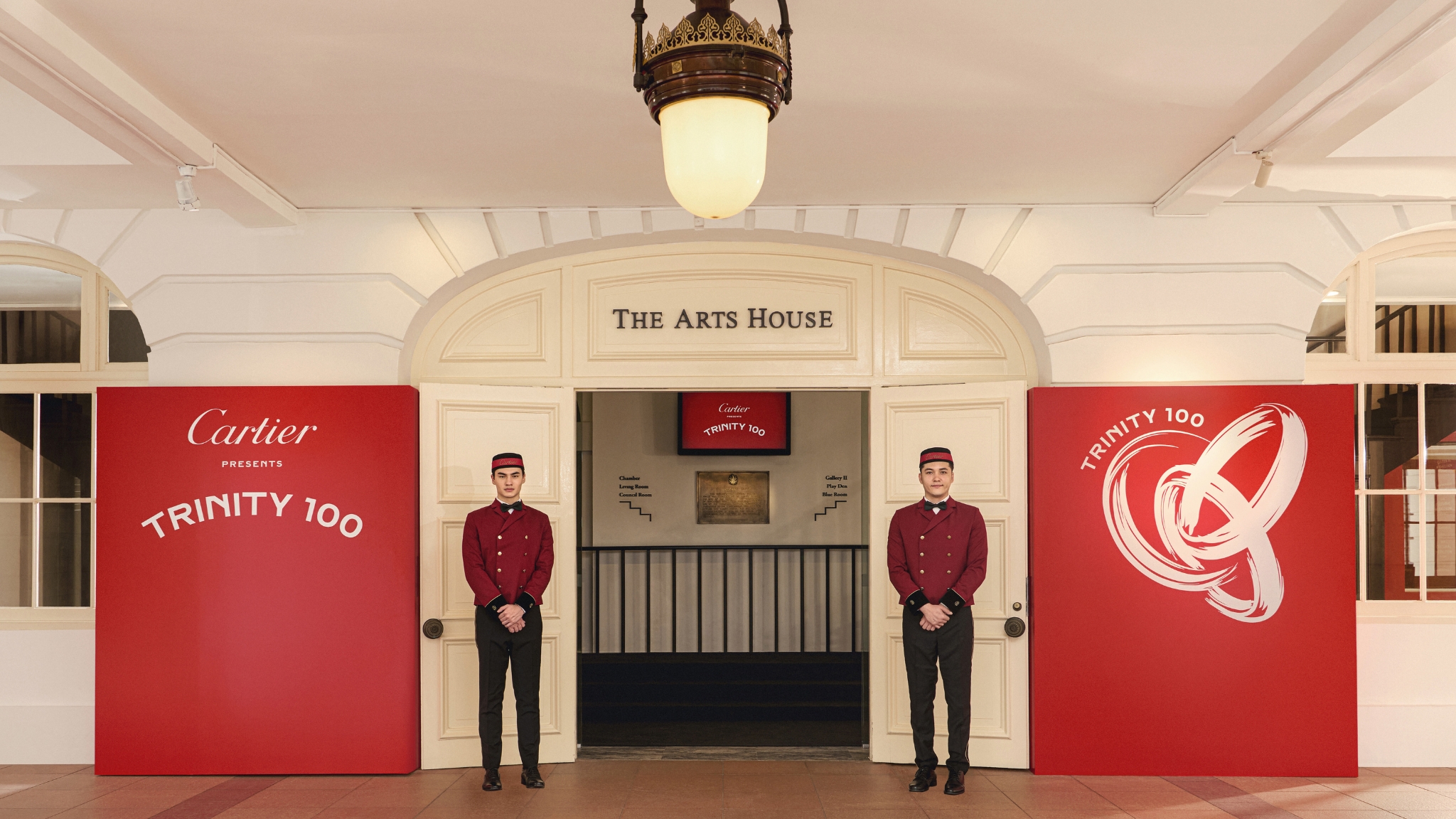A CERTAIN IDEA OF CULTIVATING BEAUTY
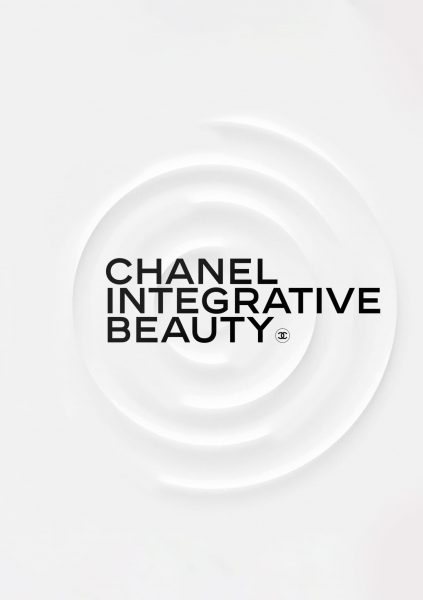
For Gabrielle Chanel, fashion and beauty were destined to serve the Allure of each woman. Her comprehensive vision of women gave rise at CHANEL to a unique and integrative approach to creation in the service of beauty. In tune with an evolving world, integrative beauty according to CHANEL develops fluidly, from idea to creation, from knowledge to know-how, from terroir to active ingredient, from raw material to sensual pleasure and from self-care to wellness, in both body and mind.
After the N°5 fragrance was created in 1921, followed by the first beauty treatments in 1927, Gabrielle Chanel continued to be vigilant about the quality of raw materials used in its formulas. Graced with this legacy of simplicity and authenticity, the House of CHANEL continues the rigorous commitments of its visionary creator with natural momentum, always attuned to the era.
Integrative beauty according to CHANEL is guided by an expert and virtuous approach, which works to implement excellent plant supply networks relying on open sky laboratories housing exceptional plants, from which the main active ingredients are crafted. These sites are incredible centres of botanical research, cultivation and experimentation, enabling the creation of proprietary natural ingredients of unique quality, that compose its beauty treatments.
Camelia Japonica “Alba Plena” from Gaujacq at the foot of the Pyrenees, Solidago virgaurea from the Southern French Alps, Vanilla planifolia from island of Madagascar, Swertia chirata from the Himalayan mountains of Bhutan, Coffea arabica from the Nicoya peninsula in Costa Rica. Such are the raw materials, selected from among millions of plants provided by these ecosystems, that are entirely given over to integrative beauty, transformed into singular creations in the expert hands of CHANEL.
Today, CHANEL invites you to discover its open sky laboratory in Gaujacq.
THE CAMELLIA FARM
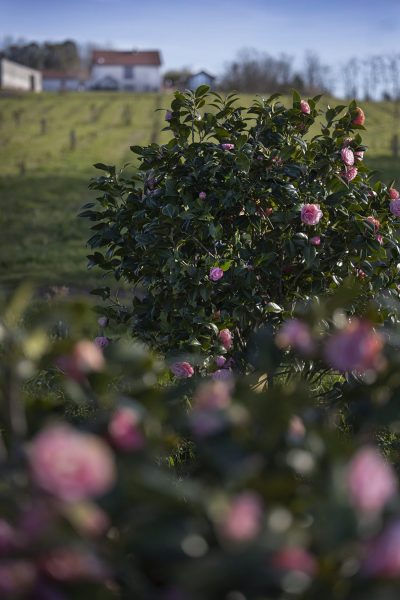
This is the influence of a flower; Mademoiselle Chanel’s favorite flower, which turns out to be a true botanical treasure.
This is the story of a terroir, a place unique in the world that combines tradition and innovation, where nature is the source of beauty.
This is the story of an exceptional project.
SINCE 1998, CHANEL HAS BEEN LEADING A PROJECT OF AN EXCEPTIONAL SCALE
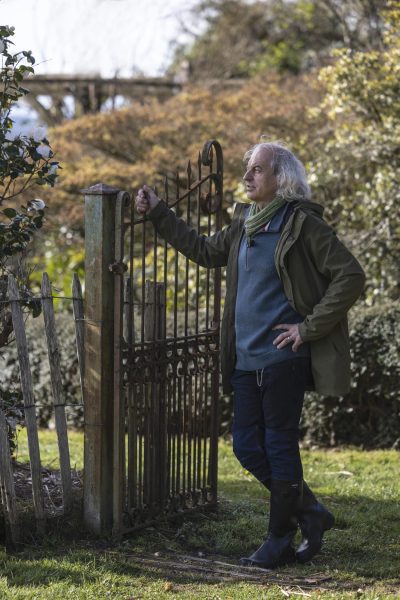
Drawing inspiration from nature cannot be improvised. For several years, CHANEL has been cultivating, observing and experimenting in its open- sky laboratories located in various climatic zones around the globe. Considered the true cradles of CHANEL skincare, they are the result of an exemplary approach, on an environmental and territorial scale, that values the terroirs through a virtuous agro-ecological approach, combining traditional farming practices and scientific innovation.
Since 1998, in the South-West of France, between the green hills of Béarn and Adour, in the heart of the village of Gaujacq, CHANEL has been leading a project of an exceptional scale around the camellia, the emblematic flower of Mademoiselle Chanel. It was initiated in collaboration with Jean Thoby, International Camellia Expert, who has been cultivating a unique botanical conservatory garden for several decades. Dedicated to plant conservation, it shelters 2,000 varieties of camellias, gleaned throughout the world, including two seedlings from the mother plants that were supposedly ordered by Gabrielle Chanel more than a century ago. They were the starting point for the establishment of the CHANEL crops, at the Camellia Farm located a few kilometers from this exceptional place. The plant conservatory also houses the rarest horticultural species and varieties, on nearly five hectares, and includes no less than 3,000 plants gathered over time around the world by the family of Jean Thoby who has been botanizing for five generations.
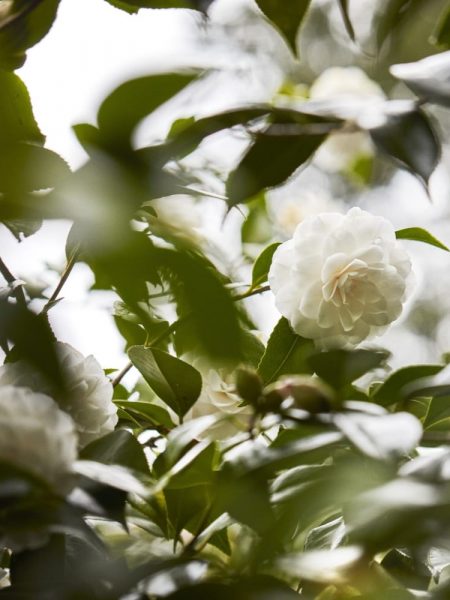
This part of Southwestern France is ideal for welcoming and cultivating the camellia, which arrived from Asia by the Tea Road in the 17th century; particularly thanks to its very balanced summer and winter temperatures similar to those of China and Japan, the countries of origin of camellia. “The climate of Gaujacq is known for its rainfall spread over the four seasons. The winds are almost non-existent, the land is deep, and the springs are abundant,” explains Jean Thoby.
“In 1998,” he recalls, “we began a collaboration with CHANEL Research, in order to carry out experiments, sampling, planting…. From trial to trial, following numerous exchanges with the phytochemistry laboratory, we managed in 2009 to carry out a first cultivation of Camellia japonica ‘Alba Plena’.” Without the CHANEL project, this white camellia, which is only cultivated in Gaujacq, may have disappeared.
THIS DELICATE FLOWER IS A FORCE OF NATURE
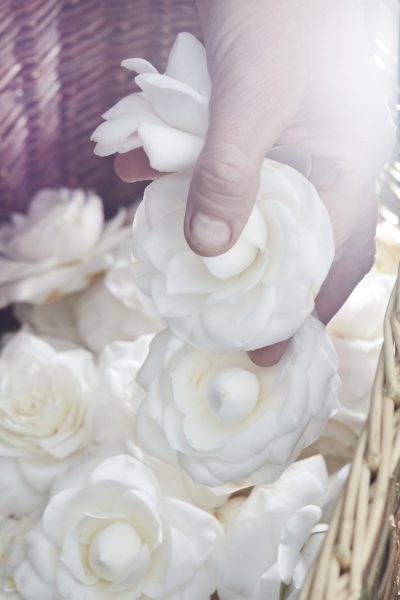
With its winter flowering and evergreen foliage, this camellia is a singular plant in more than one way, a true botanical treasure. By studying the winter frost resistance of Camellia japonica ‘Alba Plena’, CHANEL Research has established its exceptional moisturizing properties, making it the main active ingredient in the HYDRA BEAUTY skincare line since 2009. “By analyzing the plant, we found catechin derivatives, polyphenols that have demonstrated interesting moisturizing activities,” explains Nicola Fuzzati, Director of Innovation and Development of Cosmetic Ingredients at CHANEL. “Camellias have the characteristic of having no senescence program: genetically, they are not programmed to die. So the more time passes, the more beautiful and strong the plant is,” adds Jean Thoby. A characteristic that keeps on inspiring the curiosity of CHANEL’s scientists.
The Camellia Japonica flowers appear with the first frost in January and bloom is at its peak in March. Odorless, this delicate flower is a force of nature: neither water nor cold have the slightest effect on its petals. However, forcing fate is out of the question. “Here everything is natural, everything is in harmony with nature, we go along with it, we do not try to tame it,” sums up Philippe Grandry, Crop Operations Manager of CHANEL at the Farm. The same goes for the harvest, which is entirely handcrafted. The camellia being picked, flower by flower. The picking takes place at a distance from the morning dew, so that the flowers are dry and the extraction is optimal. They are then placed in baskets. Once weighed, they are immediately frozen to preserve the integrity of their active molecules before being delivered to the laboratory.
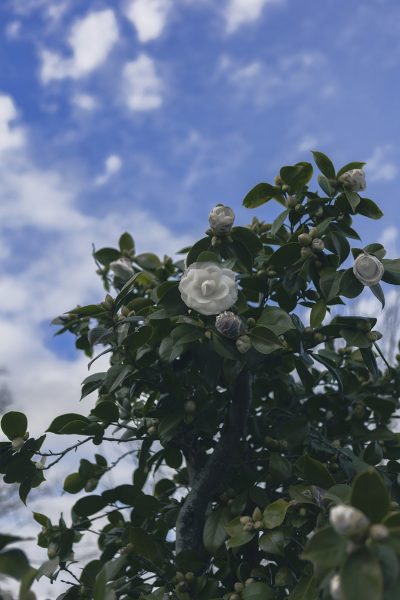
“At the Farm, 2,700 plants of Camellia japonica ‘Alba Plena’ are cultivated in the open field, according to demanding and environmentally friendly agricultural practices, without any chemical inputs. An experimental cultivation conducted in agro-ecology and agro-forestry has been set up to preserve and enhance their natural qualities. This permanent symbiotic cultivation will enrich the soil, in order to strengthen the ecosystem between the plant, the soil and the water, while increasing the resistance of the plants to diseases,” explains Philippe Grandry. In concrete terms, this means that the white camellia is well surrounded. The plants live in a natural biological environment, in harmony with each other. For example plants like Achillea millefolium white, Knautia arvensis and Trifolium repens are sought after as ground cover to live and work in synergy with the Camellia japonica ‘Alba Plena’. “This culture is a genuine agro-ecological model,” he says.
The introduction of trees and shrubs associated with camellias strengthens the balance and resilience of ecosystems, providing camellias with light shade, but also diversity and thus increased resistance to diseases and predators, as well as shelter and cover for pollinators and birds. Soil quality and fertility are improved by deep rooting that recovers nutrients and reconstitutes forest litter.
“WE ARE IN A REAL OPEN-SKY RESEARCH LABORATORY ” -Philippe Grandry
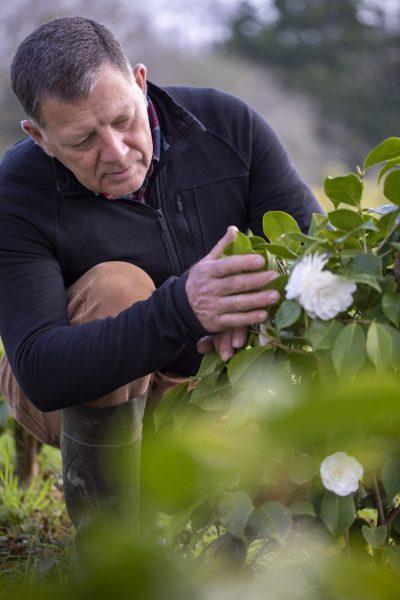
This approach has earned the 70 hectares farm a level 3 HVE (High Environmental Value) certification, and a label in “conversion to organic agriculture”. The association of both ensures that the farming practices used throughout the farm preserve the natural ecosystem and minimize pressure on the environment. This is the highest level of environmental certification for farms. The approach is bearing fruit in more than one way: a protected species, but vanished since the early 2000s, the marsh copper, a lovely little butterfly with turmeric-colored wings, has made a remarkable reappearance in the surrounding meadows.
Thanks to this project of unprecedented scale, CHANEL guarantees the production conditions for the flower emblematic of its skincare products. At a time when the traceability and sustainability of resources are as much an ecological issue as it is an ethical and economic one, the virtuous circle at the center of which Gaujacq stands is an illustration of the commitments made by CHANEL in terms of plant sourcing. Drawing inspiration from nature, the most accomplished laboratory, to create innovative and proprietary ingredients; co-constructing fair trade channels by sustaining partnerships with producers; preserving a form of agriculture that is not at the expense of biodiversity; respecting the ecological knowledge of the different actors in local areas or respecting the synergies between the different components of the ecosystems: this unique approach has led to the creation, for several years, of exclusive production lines of ingredients: the CHANEL open- sky laboratories.
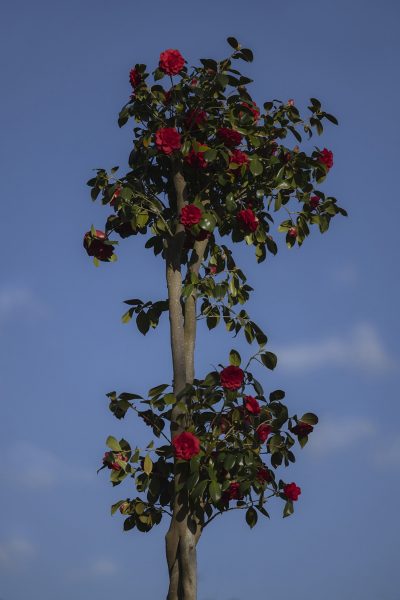
“At every stage of the cultivation process, we have to find the most innovative methods possible, therefore we are in a real open-sky research laboratory. We can be pioneers in this field, showing a new path in terms of environmental protection, sustainable development and also new resources to be implemented,” explains Philippe Grandry.
By choosing to plant in this specific terroir in the Southwest of France this camellia, which conveys such symbolism in the House’s heritage, and to make it the raw material for its skincare products, CHANEL is banking on the long term and continues to write its history, made of commitments. With the conviction, scientifically supported, that beauty is cultivated, both literally and figuratively.
THE FARM
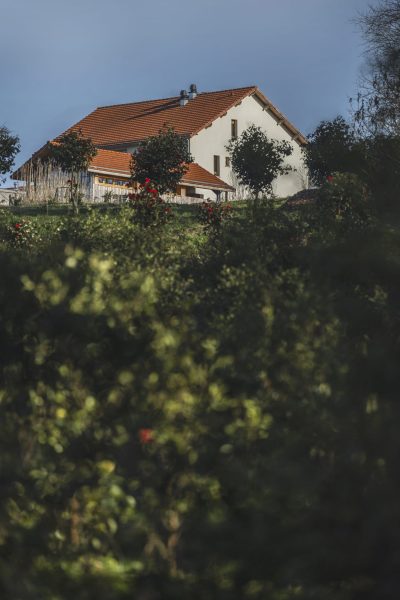
Exactness, rigor and commitments have presided over the rehabilitation of the Farm, where CHANEL’s camellias are grown. Rare, if not non-existent in the world of agricultural buildings, the criteria that were observed for its restoration place it at the forefront of ecoresponsible architecture. The project was initiated by CHANEL about three years ago. It involved renovating, as faithfully as possible to the principles of eco realization, a part of the existing buildings while preserving its local architectural specificities. A laboratory was added in the fields to allow experimentation and on-site realization of the first tests on plants.
The geography of the place, a legacy of vernacular intelligence, formed the basis of the project: the layout at right angles, to protect against Western winds and the volumetry of the main building have been maintained around a new wood frame. Generally speaking, the materials used are all natural (wood, stone, earth) and the old ones have been recycled.
The layout of the five buildings matches the almost abstract geometry of the surrounding camellia plantations. Light and air have been treated as resources in their own right. All rooms receive daylight. Waste water, phytopurified, is used, among other things, to irrigate the fields.
THE LABORATORY
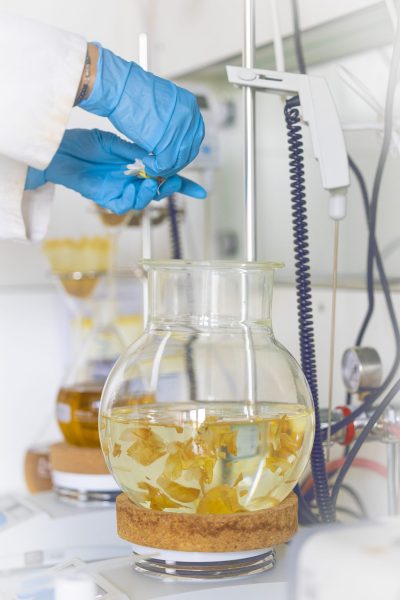
Headed by Nicola Fuzzati, Director of Innovation and Development of Cosmetic Ingredients, the Gaujacq Phytoanalysis Laboratory is a place dedicated to the creation of natural active ingredients of quality, exclusive to the House, which are used in the composition of CHANEL skincare products. A permanent dialogue between this laboratory and the advanced research laboratory based in Pantin allows to value in their entirety the plants involved in the production of the ingredients and to control the quality and the traceability of the plant to the product. The presence of the Laboratory of Phytoanalysis as close as possible to the crops reduces the time between the harvest and the study, as well as the environmental impact. By studying plant life cycles, their evolution during the year and their seasonality, the laboratory is committed to finding the best compromises between respecting the physiology of the plants and the moment when their concentration of molecules of interest is at its highest.
CHANEL CAMELLIA EXPERT CHANEL INTEGRATIVE BEAUTY CHANEL Skincare
